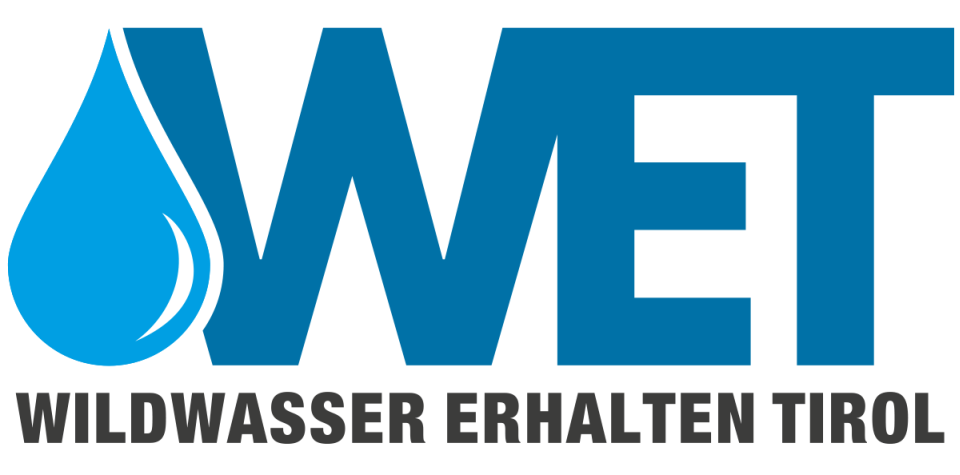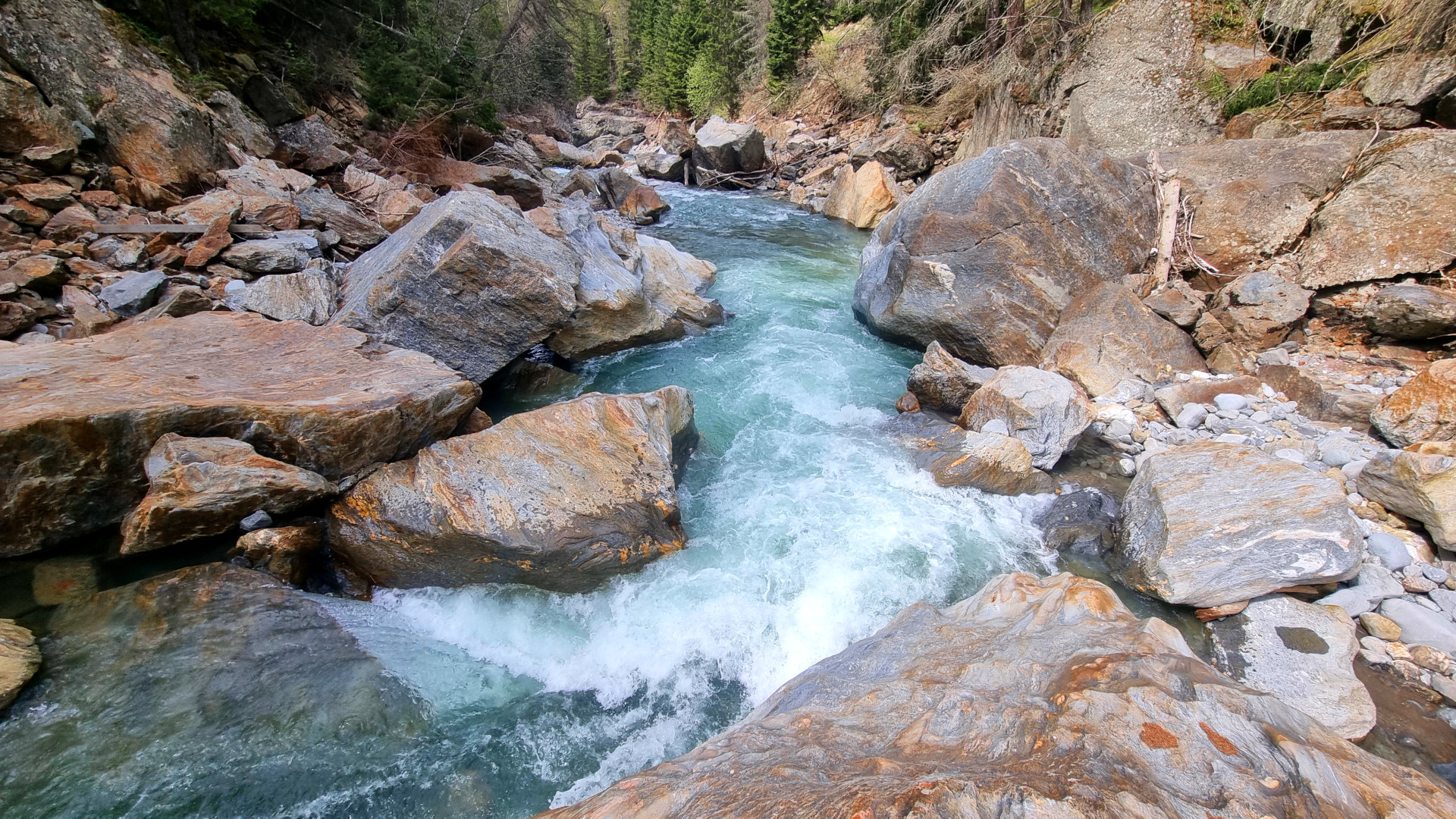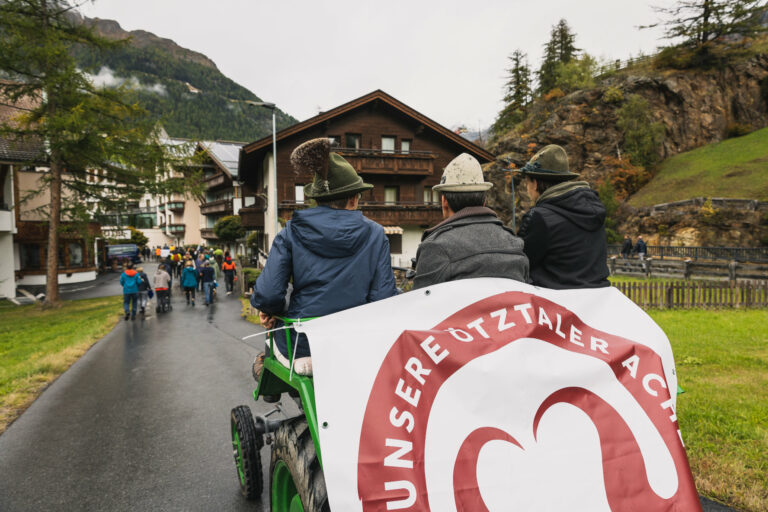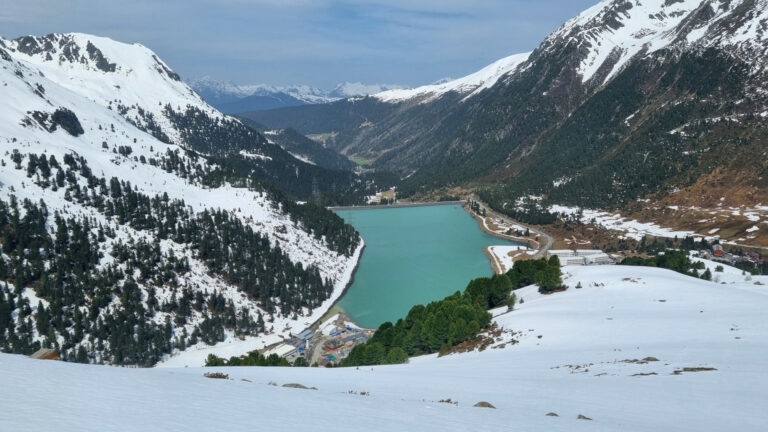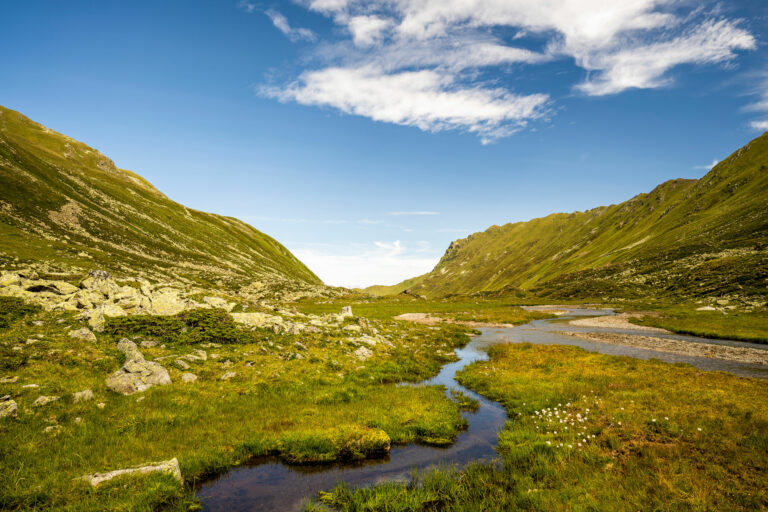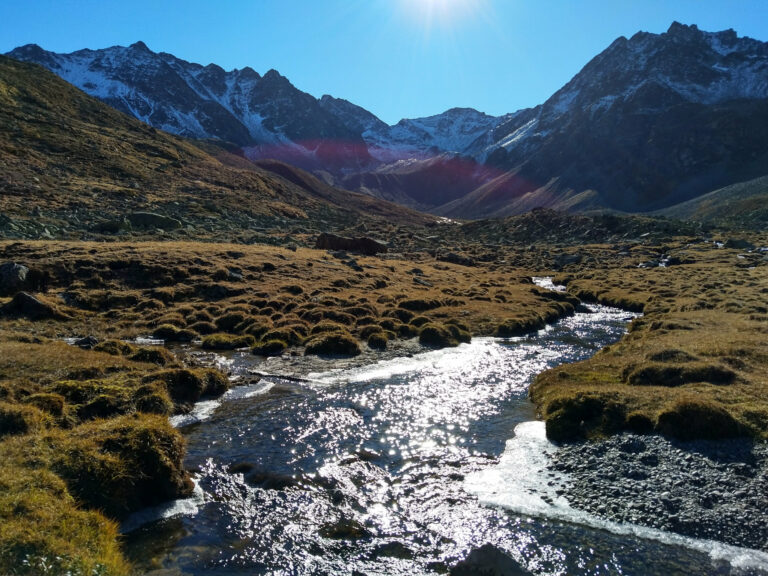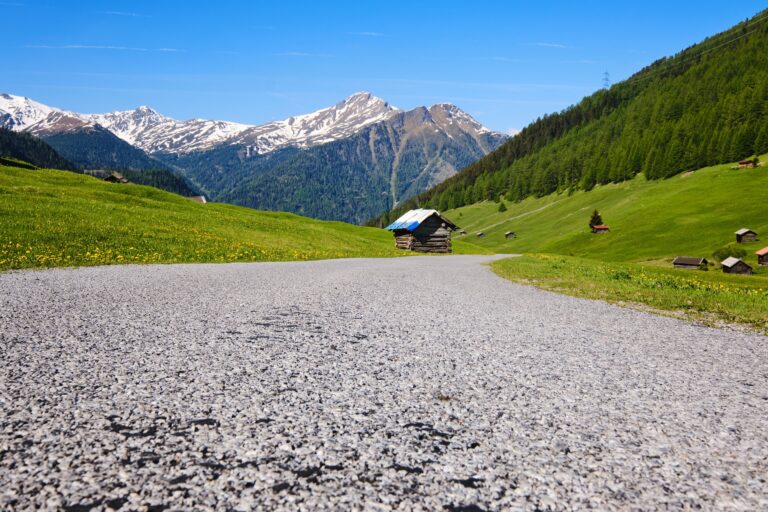Why are the Gurgler, Venter, and Ötztaler Ache Rivers so Important to Protect?
Many people enjoy nature for relaxation, whether by hiking along rivers, boating, or simply sitting by the water, listening to the current. But water is more than just water. It’s a habitat for many species of animals and plants that we may not see at first glance. This blog post will explore which creatures, especially insects, live in our rivers and why these habitats are so unique.
Guest Blog by
BSc Cinzia Raviscioni, an Ecology student at the University of Innsbruck
Life in the Mountains
Life in the mountains is challenging. The extreme temperature changes, intense sunlight, snow, and rockslides are just some of the tough conditions found in the high mountains. This also affects life in rivers. Besides fish, many other animals live in, on, or under rocks in rivers. These creatures are called “macrozoobenthos” — visible animals (“macro”) that live on the riverbed (“benthos”). Most of these are insect larvae, but more on that later. Before they become adults, they live in water, particularly in rivers and streams. The types of insects vary depending on the part of the river. These insects are adapted to the environment, including fast currents, rough surfaces, and the high sunlight levels caused by sparse plants along the banks. The cold water temperatures, due to melting snow and glaciers, also impact these animals. Only certain species can survive these special conditions. In high mountains, some species can indicate how well a river has been preserved in its natural state.
Mayflies, Stoneflies, and Caddisflies
At first glance, you might think these insects are related to flies, but they’re not. Most of their life is spent as larvae in rivers and streams. It can take months or even years for them to fully develop and emerge from the water. Once they crawl onto land, they only lay their eggs, and the cycle starts again.
Mayflies (Ephemeroptera) are an important part of food webs in streams. The fact that 40% of known mayfly species are endangered could affect the entire river ecosystem (8). Stoneflies (Plecoptera) like to live on, under, or around stones, and 46% of these species are also endangered (8). Caddisflies (Trichoptera) use sand, small stones, twigs, grass, and leaves to build protective cases where they live (8). These species all rely on the transport of sediment in the water. Because of these special adaptations, these insects help assess the health of a river. If the river’s habitat changes — due to altered streambeds, water extraction, or dams — some species may disappear. This changes the species composition, shifting from specialized species to more general ones. This is why the Gurgler, Venter, and Ötztaler Ache rivers are so important.
The Three Ache Rivers
The Ötztal is known as a side valley of the Inntal, famous for its ski resorts. But it’s not just the towns of Obergurgel and Sölden in the Ötztal that are worth noting. The Gurgler and Venter Ache rivers, which join to form the Ötztaler Ache at Zwieselstein, create a unique area. As early as 1998, it was recognized that these rivers are a “river sanctuary” and need protection (1). But why?
Both the Gurgler and Venter Ache rivers are fed by glaciers, making the environment rough. The meltwater keeps the water temperature low year-round. Sediment transport, from sand to stones, is crucial for the variety of species in the riverbed. In spring and summer, high water flows and muddy waters are common (2). When these two rivers merge, they create a harsh habitat in the Ötztaler Ache. The narrow Ötztal valley shapes the river, creating both calm and turbulent environments. These three rivers form a nearly untouched river system, making them an ideal habitat for many species (2). The natural flow of water, sediment, and nutrients in the river keeps the ecosystem healthy, allowing the rivers to maintain a good status (4).
Changes from Climate and Human Activity
However, with climate change, these rivers and their residents are under increasing stress. The reduction in melting water and the shrinking glaciers in the area is changing the species communities (5). Since this is already a high valley, the species can’t easily move to higher areas. As a result, cold-adapted species are being pushed out and replaced by more heat-tolerant species (6). Mayflies, stoneflies, and caddisflies, which are common in the Alps (6), could suffer from species loss. In Switzerland, researchers have already observed species shifting to higher altitudes (6). Since ecosystems take time to adjust to environmental changes, the long-term effects are still uncertain (4).
In addition to natural processes, human activities are also changing these rivers. The use of hydropower as renewable energy poses a risk because it prevents rivers in Austria from reaching or maintaining a good ecological status (3). Dams and other structures block the natural transport of sediment and nutrients. As explained, these are vital for the insects living in the riverbed. Lower water volumes are also a problem, especially for species adapted to fast-moving water. In calmer water, these species struggle to survive and are replaced by species that prefer slow-moving water. According to Austria’s National River Management Plan 2021, even small hydropower plants can have severe impacts on intact, natural rivers. The expansion of the Kaunertal Hydropower Plant is a massive project, and its effects are hard to imagine, but they will certainly not be positive or neutral for the Ötztaler, Gurgler, and Venter Ache rivers.
Conclusion
The European Water Framework Directive’s goal is: “To protect, improve, and restore water bodies, ensuring no deterioration of their current state.” (8) But this goal is not being met with the unique habitat that the Ache rivers in the Ötztal provide. It’s not just the stoneflies, mayflies, and caddisflies that would be affected; many other species, such as birds, fish, and plants, would also be impacted. While the effects on the water ecosystem might be expected, we must also consider how water affects the surrounding ecosystems. These connections are so complex that we don’t fully understand them yet. Before we can fully grasp these connections, another hydropower project may cause these ecosystems to be lost.
Sources & Links
- „WWF weiht Flussheiligtum Ötztaler Ache ein“. Presseaussendung. 02. Mai 2012. https://www.wwf.at/wwf-weiht-flussheiligtum-oetztaler-ache-ein/ (zuletzt aufgerufen 29.03.2024).
- Koch, Eva-Maria, Erschbamer, Brigitta (Hg.) (2013): Klima, Wetter, Gletscher im Wandel. 3. Auflage. innsbruck university press. ISBN 978-3-902811-89-9
- Bundesministerium für Landwirtschaft, Regionen und Tourismus, MitarbeiterInnen der Sektion I Wasserwirtschaft. „Nationaler Bewirtschaftungsplan 2021“. April 2022. Herausgeber: Bundesministerium für Landwirtschaft, Regionen und Tourismus. GZ. 2022-0.270.788.
- Bundesministerium für Land- und Forstwirtschaft, Regionen und Wasserwirtschaft Abteilung I/2: Nationales und internationale Wasserwirtschaft (Hg.). „Wassergüte in Österreich – Jahresbericht 2018-2020“. 2022. Aktualisierte Version: 20.02.2023.
- K. Khamis, D.M. Hannah, L.E. Brown, R. Tiberti, A.M. Milner. (2014) “The use of invertebrates as indicators of environmental change in alpine rivers and lakes”. Science of The Total Environment, Volume 493, Pages 1242-1254, ISSN 0048-9697, https://doi.org/10.1016/j.scitotenv.2014.02.126.
- D. Küry, V. Lubini, P. Stucki. (2018) “Verletzlichkeit von Eintagsfliegen, Steinfliegen und Köcherfliegen alpiner Quellen gegenüber Klimaveränderungen. Vulnerability of mayflies, stoneflies and caddisflies in alpine springs towards climate change“. Jahrbuch des Vereins zum Schutz der Bergwelt (München). 83. 199–2017.
- Umweltbundesamt Gesellschaft mit beschränkter Haftung (UBA-GmbH). „Rote Listen gefährdeter Tierarten“. (2024). https://www.umweltbundesamt.at/umweltthemen/naturschutz/rotelisten/rote-listen-gefaehrdeter-tierarten (zuletzt aufgerufen 07.05.2024).
- Bundesamt für Naturschutz: Rote-Liste Zentrum. (2017) „Steinfliegen (Plecoptera)“ / „Köcherfliegen (Trichoptera)“ / „Eintagsfliegen (Ephemeroptera)“. https://www.rote-liste-zentrum.de/de/Steinfliegen-Plecoptera-2074.html (zuletzt aufgerufen am 07.05.2024).
